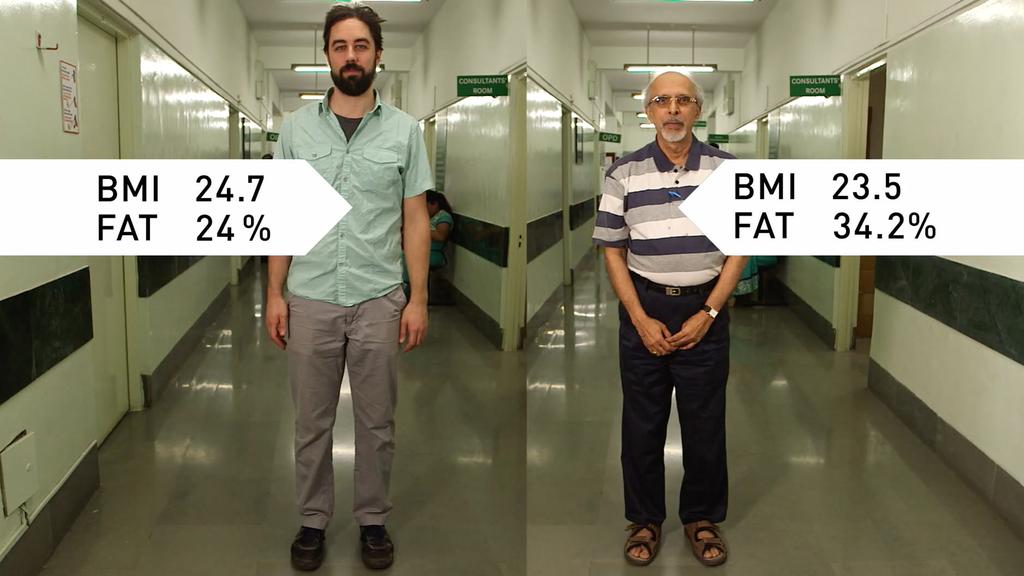
Posted on 12/16/2016 2:27:48 PM PST by nickcarraway
Last year I was visiting a rural hospital in Chhattisgarh, one of the poorest and hungriest states in India. The patients waiting in the corridors were thin and bony, with dangerously low blood counts and anemia. So I was shocked when I watched the doctors at Jan Swasthya Sahyog clinic treat patient after patient for diabetes and heart disease.
The public perception of type II diabetes is that it’s a disease of excess—the result of too much sugar in our diets and a sedentary lifestyle. But a documentary by executive producer Elliot Kirschner, director Adam Bolt, producer Jessica Harrop, and editor Regina Sobel, published here on Motherboard, builds on the idea that this is only one part of the picture when dealing with a misunderstood disease.
Diabetes can burden people without enough food and nutrients, just as it does those who eat too much. In India, where people's average weight and body mass index (BMI) is far lower than in the US, 62 million adults have diabetes, the largest diabetic population in the world. I remember watching pregnant women stand on weighing scales as the doctors went on village visits—many were just 75 pounds while seven months pregnant.
Even so, experts have been attributing the uptick in diabetes to the sudden economic growth in the country—and the lifestyle and diet changes that followed. More junk food on the shelves, more access to carbohydrates and sugar, they thought, might be the culprit. But that couldn’t account for the largely poor population in rural areas.
Dr. Yajnik, a researcher and physician at Pune’s KEM Hospital Research Center, has been focused on this mystery for decades. He and his team conducted a longitudinal study in villages outside of Pune, where families still rely on farming as their main livelihood.
His team tracked pregnant mothers and how their nutrition impacted their children—mothers who would spend their days plowing the land or weeding until just days before their delivery. He found that the lack of one particular vitamin—B12—led to babies growing up with more visceral fat, despite their low weight in both their childhood and adult life.
This then correlated to insulin resistance, the body’s inability to properly break down sugar, and a precursor to diabetes. “Chemicals like vitamin B12 can influence the genetic structure. The code remains the same but changes the way the gene expresses itself,” Yajnik said.
This finding aligns with the concept of epigenetics—the idea that the environment can influence genes. It’s a big shift in our genetic thought, but it has been tested before, most famously on the agouti mice named after the agouti gene, according to one such study from Duke University.
In a series of experiments, identical mice were exposed to different chemicals like BPA, found in plastics, and various diets. When the mother mouse was fed a methylated diet with nutrients like vitamin B12 and folate, her babies had a lower disease risk and a brown coat. When she was fed a diet deficient in these nutrients, the mice were more susceptible to disease and had a yellow coat.
While most of the medical community treats type II diabetes as something to be prevented through exercise and healthy food, the rapid rate of the disease in developing countries calls for a more thorough approach and an understanding of epigenetics. Doctors can no longer focus on body weight as a measure of disease risk. And researchers will have to continue to probe how nutrition and the environment, starting in a mother’s womb, can influence a child’s genetic expression.
“This was non-communicable disease, but now we’re saying they can be communicated from mother to children,” Yajnik said.

Type II diabetes is really common in Southeast Asia and throughout the Middle East where large quantities of white rice are consumed.
The rice converts to sugar.
i think poor hungry skinny people can have heart disease, maybe just a different type than obese people.
Those diets are also low in B12 also because of the lack of meat, especially the poor.
They eat a lot of bread in the Middle East and India too, and rice and other kinds of noodles in Asia.
This movie explains why people get fat and diabetic. Even the poorest people in the world get fat because they survive on the worst highest carb foods. High carb low nutrition foods are cheapest.
Why we get fat
https://www.youtube.com/watch?v=lDneyrETR2o
Speaking of B12 and diabetes, one of the most common (and good) oral drugs for the latter, metformin, reduces absorption of B12 and with long term use reportedly may cause B12 deficiency in up to 30%. It happened to me, but fortunately my doc thought to test for it before any problems arose. Happily easily corrected with oral B12 supplement.
Ha, reminds me of a friend that was all muscle and over 240#, Medical claimed his BMI was too high even though he had very little (if any at all) body fat....
Disclaimer: Opinions posted on Free Republic are those of the individual posters and do not necessarily represent the opinion of Free Republic or its management. All materials posted herein are protected by copyright law and the exemption for fair use of copyrighted works.